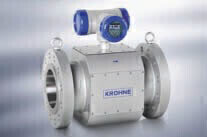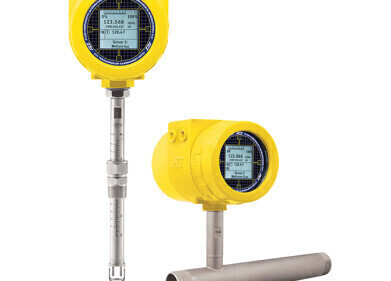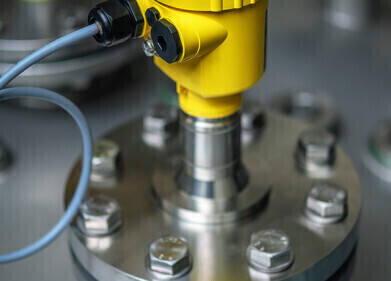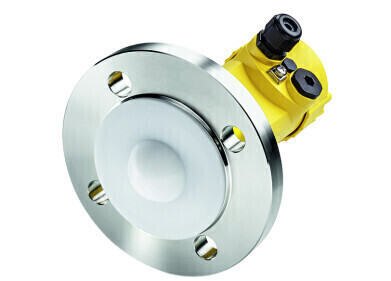Flow Level Pressure
Scientific Investigations Prove Adverse Effects from Contamination in Reflecting Ultrasonic Flowmeters are a Myth
Sep 16 2010
Ultrasonic flowmeters for custody-transfer measurement of natural gas are prone to contamination. There have been continuous allegations that ultrasonic flowmeters with soiled reflectors will measure inaccurately due to the contamination on the reflectors. Up to today, there have been no test results that will withhold this allegation.
Exhaustive investigations at the EON Ruhrgas high-pressure gas testing facility in Lintorf (Germany) on possible effects of contamination on ultrasonic flowmeters (UFM) have irrefutably shown that the accuracy is not affected by the reflection principle. Indeed, the investigations substantiate a significant advantage of reflection technology; actually compared to direct path measurement the level of contamination can be recognised from the reflection properties of the acoustic signal.
Part of the tests included the effect of roughness of the reflector surface. For this reflectors were made with medium and high roughness and built into test meters. The roughness simulates contamination within the meter. Specifically only the roughness of the reflector surface was changed without changing the inside surface of the meter, in order to exclude any further effects apart from those of the reflector. The reflected ultrasonic signal was seen to have changes in its amplitude only – not in its shape. The amplitude loss is compensated in the Krohne’s (Germany) Altosonic V12 by an automatic gain control (AGC). For the roughest surface the maxim gain was only 6 dB.
The increase in automatic gain is seen by defining the state on commissioning (the state under clean conditions) as the specified state and comparing it with the actual state after contamination.
This reveals the advantages of the reflection principle: the design of non-reflecting UFM’s makes it impossible for them to detect such small quantities of contamination or corrosion inside the meter. The results shown here are only a part of the comprehensive results that are to be published at the 2010 Flomeko Conference in Taiwan. Further results include the effect of bottom fouling, roughness in the entire meter, as well as roughness in the inlet run.
Digital Edition
PIN 25.2 Apr/May
April 2024
In this Edition Safety - Carbon monoxide toxic and flammable gas detection Analytical Instrumentation - Density: A fundamental parameter at critical stages within the petroleum sector...
View all digital editions
Events
May 03 2024 Seoul, South Korea
May 05 2024 Seville, Spain
May 06 2024 Riyadh, Saudi Arabia
May 06 2024 Houston, Tx, USA
May 06 2024 Houston, Tx, USA


















